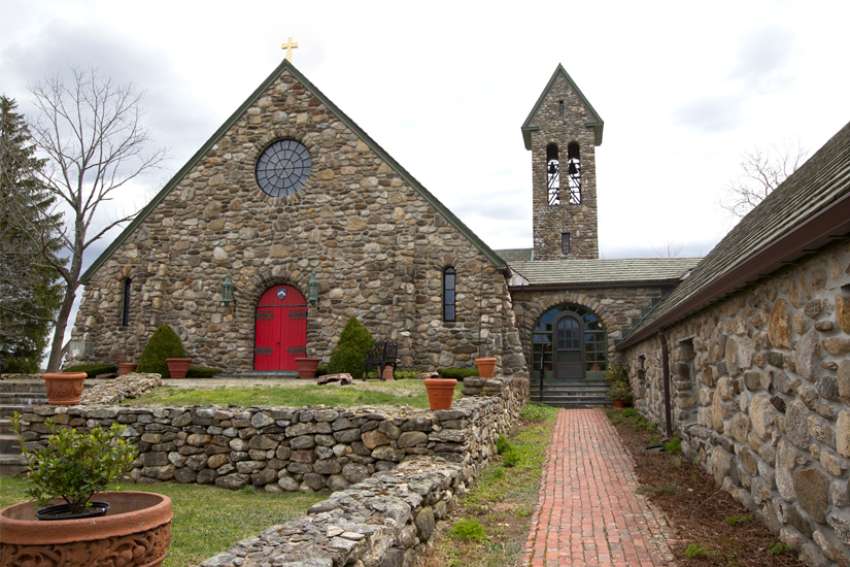I read his book of essays, Contemplation in a World of Action, after I finished my BA in Regina and believed he well described the primary source of personal dislocation in a world of busy-ness and rapidly expanding technology. My studies in political science had not offered monasticism as a possible cure for what ails modern society.
But it took more than the insights of a celebrity monk to stir my interest. The Trappists’ no-frills prayer and liturgy and their closeness to the earth were also enticing. The Cistercians are ascetics, and they encounter God through manual labour. I was a lousy farmer but young and fit enough to be drawn to a life which involved strenuous work.
Years later, I moved to Winnipeg and, “still” not married, responded to the pull to visit the Notre Dame de Prairies monastery less than two hours drive away. I spent two weekends there on retreat. It was almost completely French speaking. My previous unsuccessful struggles to learn French were a deal breaker. I would dig ditches for the Lord, but the French language seemed beyond me.
A couple years later, I moved back to Edmonton, met Nora, we married and raised four daughters. The monastery, meanwhile, dwindled down to two active monks, both well over 80, and was put up for sale.
I contrast the decline of the Manitoba Trappists with the enthusiasm of some for the pre-Vatican II Latin Mass. Some say the old rite, with its smells and bells, stirs a sense of reverence in them even though they don’t understand Latin. Pope Francis, however, is suppressing the expansion of the Old Mass not because it stirs reverence but because it is nurturing a phalanx of Catholics opposed to the teachings of the Second Vatican Council.
To its credit, the Tridentine rite draws the human body into the worship experience. In our increasingly disembodied cyberworld, that’s a big plus. But Trappist spirituality is even more holistic. Its asceticism, closeness to creation, chanting of the Hours, long periods of silence, emphasis on manual labour and utter simplicity make prayer a 24/7 aesthetic experience.
Currently, I am reading a new biography of St. Bernard of Clairvaux. Bernard helped the stumbling new Trappist order get on its feet when he joined, bringing along four of his brothers, an uncle and 25 friends. Over the first half of the 12th century, Bernard and the Clairvaux monastery of which he was abbot established 163 Cistercian monasteries across Europe. Rather than scaring off potential recruits, the austere Cistercian way attracted thousands.
The Trappists also had a major spurt in growth following the Second World War. Partly it was due to Merton’s bestselling autobiography, The Seven Storey Mountain. More than that, the Cistercians offered a path of hope amidst the widespread ennui following two World Wars.
So, I ask, why is the Tridentine Mass attractive to many while Cistercian monasteries are closing throughout the developed world? Perhaps we are no longer able to find joy in the Cistercians’ strict observance. Or maybe people of our age prefer rituals with more pop than the simplicity and anonymity of the Trappist way. Or perchance, people today get more thrills from fighting culture wars than from the difficult task of repentance and personal reform. Or lastly, in a world full of spiritual seekers, maybe the Church has not made known the depth and diversity of Catholic spiritual traditions.
Each of these possibilities may have contributed to the decline of the Cistercians. Today, we need a countercultural faith, one which both rejects Western materialism and finds hope in God’s silent presence. We ought to take the Cistercian way to heart. By withdrawing from the feast of the senses we wait for the coming of the One who is present in silence and poverty.
The Catholic contemplative tradition offers hope for societal and personal renewal in an era in which the human soul seeks lasting peace while adrift in a roiling sea where stable landmarks are far from sight.
(Glen Argan writes his online column Epiphany at https://glenargan.substack.com.)


